The Seljuk Han of Anatolia
SEVSEREK HAN
Located in remote and scenic territory, this han is one of the few with a concentric plan.
|
|
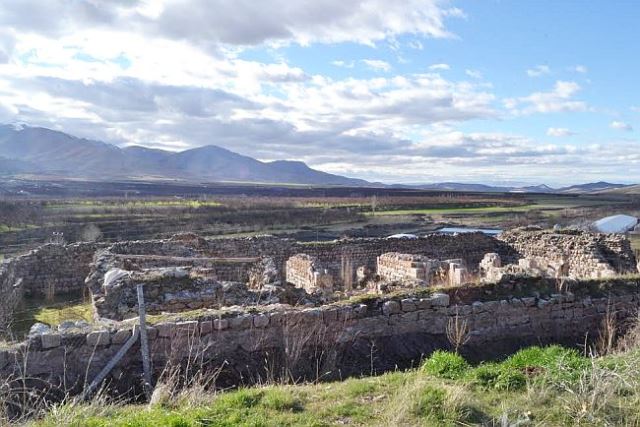 |
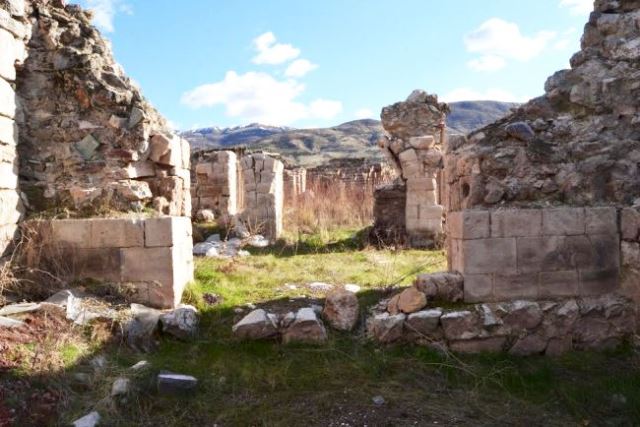 |
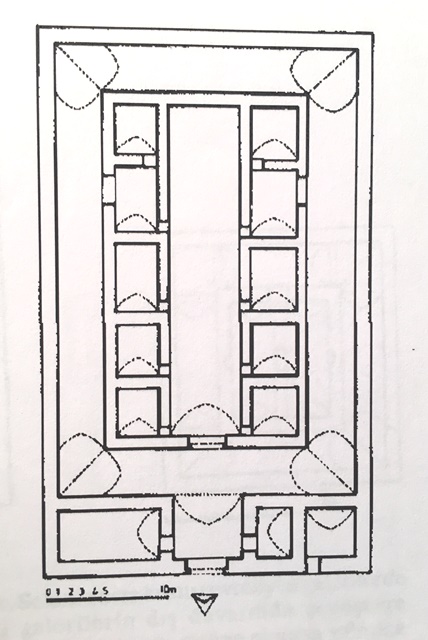 |
DISTRICT
44 MALATYA
LOCATION
38.292503, 38.503727
The Sevserek Han is located on the Malatya-Pötürge Road, about 20km from Malatya. The han stands on a flat stretch of ground in remote and scenic territory. About 100m east of this han are the ruins of what is very likely another Cifte Han or Double Caravanserai, measuring 30 x 20 m. Past this han along the Nemrut road were seven other hans, including the Görk Han, Tepehan, Yandere Han, Çat Han, Taskale Han 1 and 2. This is a substantial han which must have been the first stage from Malatya on the main Malatya-Samsat road, built to connect the two Roman fortresses of Melitene and Samosata, which crossed the Euphrates gorge. In Seljuk and Ottoman times the traffic from Diyarbakir and from towns on the northern margin of the Tigris basin (such as the ore-producing center of Ergani) usually took this Roman frontier road.
BUILDING TYPE
Concentric plan
NAMES
Sultan Murat Han
Çiflik Han
DATE
mid-13th century (est)
There is no inscription for the han, so dating is by analysis with similar hans built in the region. A copper coin dating from the Seljuk era was also found during the excavations, bearing the name of Sultan Izzeddin Keykavus II (r. 1246-1257) which shows that the han was in service around the year 1256. It is thus believed that the han was built between 1220 and 1250.
INSCRIPTION
There is no inscription for the han. However, during the excavations in 2011, a broken piece of stone engraved with a Quranic verse (Surah 18:21) in two lines was found, but it is not believed to be the inscription of the han, but rather as an element belonging to a mosque.
DESCRIPTION
The han has a long rectangular plan and is oriented north-south. The structure was completely covered apart from a small courtyard, but the vaults have now collapsed. The plan is a rather complex one. The plan is concentric, made up of a ring of a continuous corridor with four separate sections surrounding an inner space. The outer corridor probably served as the stable, as is seen in the Mirçinge Han, and, in winter, as the sleeping quarters for most of the travelers.
The han was entered from the north. This northern section of the corridor comprises a central entrance iwan and three rooms, two to the west and one to the east of the entrance iwan. The two rooms on each side of the entrance iwan are reached from it. These three rooms on this side were probably reserved for the han keeper or as a treasury.
The inner section of the han consisted of a central corridor lined by three rooms on each side, and, to the north, the inner courtyard. It has proven difficult to find the exact traces of any doorways that lead into these rooms, but entry was probably from both the central corridor and the stable. The exact use of these six small rooms in the central complex has not been determined; but they could have been reserved for better-off travelers or for storage of more precious merchandise. The small central courtyard to the north was probably used in the summer as a sleeping area.
DIMENSIONS
It measures approximately 1600 m2.
STATE OF CONSERVATION, CURRENT USE
A notation concerning the han was founded in an Ottoman tax document dated 1580. During the excavations, an Ottoman coin dating from 1755 was discovered, showing that the han was still in use at that time. It is believed that the han went out of service about 150 years ago. A photograph from 1969 uncovered in the Malatya newspaper shows that the superstructure and the vaults were still intact at that time.
An excavation project began in March, 2011 with a view to an eventual restoration for tourism purposes was begun in 2011. The area, covered by poplar trees, was cleared out and the structure was stabilized. Plans were made to continue the scientific analysis and restoration of the han, at the same time as the nearby Görk, Tepe, Yandere, Çat and Taşkale hans. At this time, a pressurized water and heating system was discovered in the han. In an area comprising two small rooms believed to have been the kitchens, various metal objects, such as nails, coins, jars and camel bells were uncovered. However, for reasons unclear, the work was stopped in 2013 and the han space was closed by an iron door. Since then, the han has been left to its fate.
About 100m east of this han are the ruins of what is probably another han, measuring about 30 x 20m.
BIBLIOGRAPHIC REFERENCES
Sinclair, T. A. Eastern Turkey: An Architectural and Archeological Survey, volume I-IV. London, 1989, vol. 4, p. 68.
Ünal, Rahmi Hüseyin. "Sevserek Hanı (Malatya-Pötürge) ve Yerhan (Erzincan-Refahiye) Hakkında Bir İnceleme", I. Milletlerarası Türkoloji Kongresi, 15-20.X.1973, İstanbul 1979, pp. 399-422.
Yavuz, A.T. "The Concepts that Shape Anatolian Seljuq Caravanserais", Muqarnas 14, 1997, p. 89, 91, fig. 26.
|
|
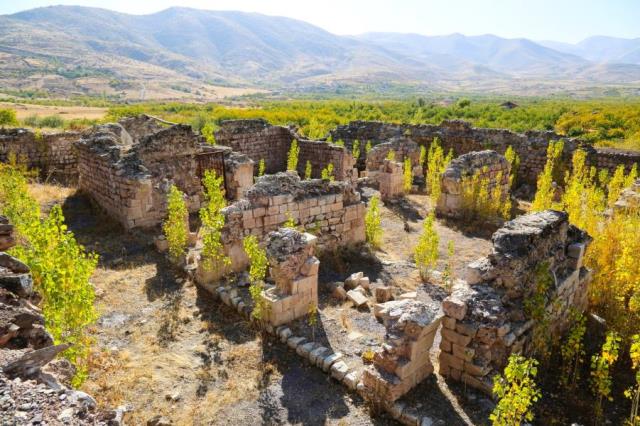 |
|
|
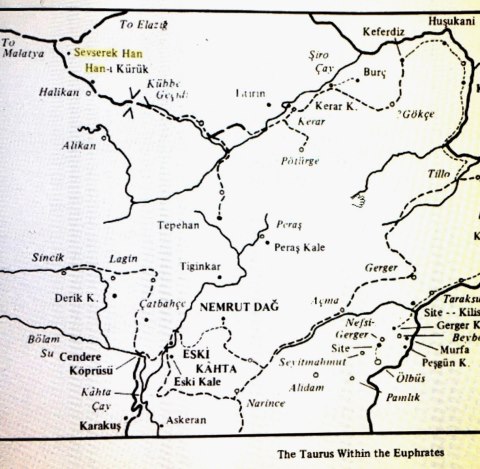 |
©2001-2025, Katharine Branning; All Rights Reserved.